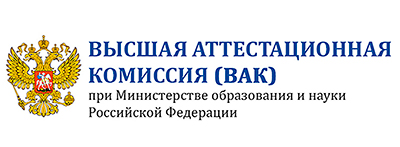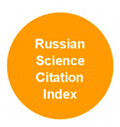Mobilizing single mothers: demographic policy in the post-war USSR
Abstract
A review of a monograph by Mie Nakachi devoted to the study of Soviet demographic policy under Stalin and Khruschev based on previously hidden archival data, which reveals that decisions made during and after World War II under the rubrics ‘family law’ and pronatalism created a society of broken marriages, ‘fatherless’ children, and abortion culture. This book is a must-read for anyone who wants to learn not only about reproduction behaviors in the context of demographic disaster but also about the inner workings of Soviet policy makers.
Downloads
References
Голдман В. (2010). Женщины у проходной. Гендерные отношения в советской индустрии. Москва: РОССПЭН.
Здравомыслова Е., Темкина А. (2003). Государственное конструирование гендера в советском обществе. Журнал исследований социальной политики, 1(3-4), 299-322.
Накачи М. (2022). Анализ пронаталистской семейной политики в СССР в 1940-х –1960-х годах. Демографическое обозрение, 9(1), 34-55. https://demreview.hse.ru/article/view/14572/13715
Nakachi M. (2021). Replacing the Dead: The Politics of Reproduction in the Postwar Soviet Union. New York: University of Oxford Press
Surman J., Rossman E. (2022). New dissidence in contemporary Russia: Students, feminism and new ethics. New Perspectives, 30(1), 36.
























